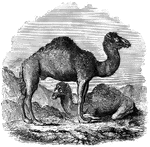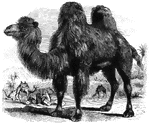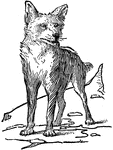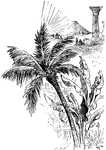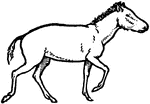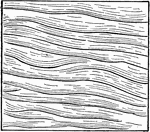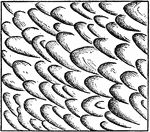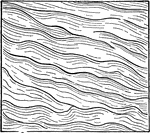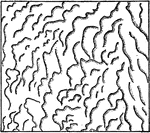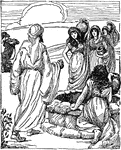Clipart tagged: ‘desert’
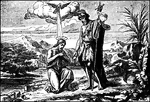
The Spirit of God Descends on Jesus When He is Baptized by John the Baptist
"And Jesus when he was baptized, went up straightway from the water: and lo, the heavens were opened…

Cactus Plants
A genus of exogenous plants containing several hundred varieties, all but one species being native to…
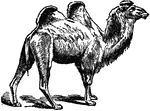
Camel
"Camel is a genus of ruminant quadrupeds, characterized by the absence of horns; a fissure in the upper…

Branch of Desert Fan Palm
Also known as Washingtonia filifera. A palm tree native to the desert oases of the southwest United…
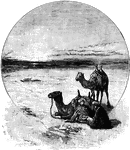
Desert of Sahara
The Sahara is the world's largest hot desert, 9,000,000 square kilometers, almost as large as the United…
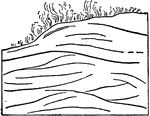
Dune with Eolian Cross-bedding
Cross-section of a dune near Ostend, Belgium showing Eolian cross-bedding.

Dune with Eolian Cross-bedding
Cross-section of a dune near Ostend, Belgium showing Eolian cross-bedding.
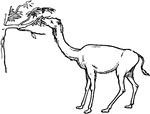
primitive giraffe-camel
A primitive giraffe-camel. This primitive camel has no humps and an elongated neck, resembling a giraffe.
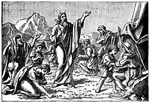
The Israelites Gather Manna Sent by God
"And when the dew that lay was gone up, behold, upon the face of the wilderness a small round thing,…
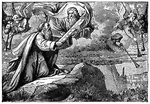
Moses Receives the Ten Commandments on Two Tablets of Stone
"And he gave unto Moses, when he had made an end of communing with him upon mount Sinai, the two tables…
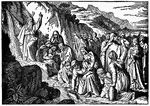
Moses Strikes the Rock and Water Flows in the Desert
"Behold, I will stand before thee there upon the rock in Horeb; and thou shalt smite the rock, and there…
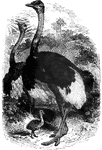
Ostriches
A large, flightless bird, the ostrich measures six to eight feet tall, and is native to the sandy desert…
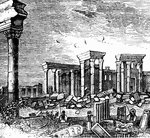
Palmyra
"Amid the barren deserts of Arabia, a few fertile spots of soil arise out of the sandy waste, like islands…
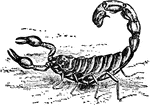
Scorpion
"Drawing from life of the desert scorpion, Buthusaustralis." — The Encyclopedia Britannica, 1910

Branch of Spanish Bayonet
Also known as Yucca schidigera. A flowering plant that is native to the Mojave Desert in the Western…
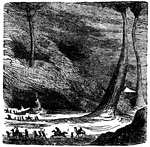
Simoon Storm
Strong dust storms that move in a circular motion. They mostly occur in deserts such as deserts found…
